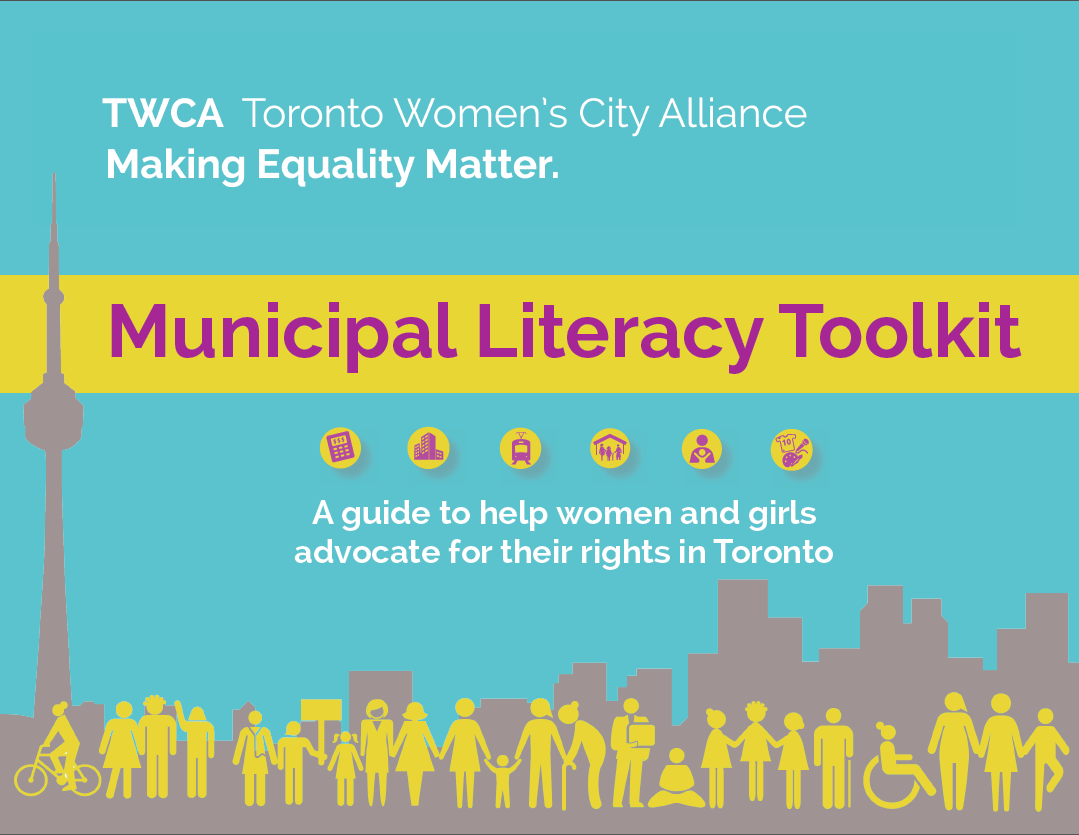The following article talks about how the current city planners do not take economics, social capital, increasing employment prospects and poverty reduction into account, when planning urban landscape.
http://www.forbes.com/sites/carlschramm/2013/05/14/its-time-for-city-planners-to-adapt-a-new-model/
What follows is some commentary from one of TWCA’s steering committe members, Ilham Alam.
The old adage- “build it and they will come” is no longer working in building diverse cities, that are aesthetically beautiful and socio-economically dynamic places for all its residents to live, to work, and to play in.
In the Toronto context, the lack of a gendered mainstreaming approach when the City Staff, City Committees, City Council and the Mayor decide on policies large and small, mean that the City is planned and built for those who have the monetary resources and the keys to the haloed halls of power to lobby for modern transit and subways built right at their gleaming, door-person guarded condo tower entrances. The big corporate buildings churning out productivity in the downtown neighborhoods, where they work; alongside small-town and folksy artisan shops in select (often higher income neighborhoods), offering the “city within a park” lifestyle that Toronto aims for.
For those Torontonians left behind, many of them women (it can be broken down further into race, ethnicity, age, ability or differently abled, immigration status, education level, with children or without), have to make do in so-called planned Toronto communities, in which as this author mentions in the article, there is no thought provided to spurring economic activity through policies, community programs and physical infrastructure in communities (such as the location and ease of transit stops and stations); and in-turn inspiring social integration and a pride in the City. Furthermore, the lack of a gendered mainstreaming approach takes no notion of the fact that the available City services are used and experienced differently by women, compared to other groups, especially women who are already marginalized economically and isolated socially.
As this author so aptly points out, the modern urban planning ethos has forgotten the part about planning, for all its residents, “None of the plans spoke of the changing nature of the economy. None set a goal of full employment or even mentioned unemployment. Poverty was a missing word…”
Toronto is currently reviewing its Official Plan, the policy framework guiding physical land-use and its associated effects on the social, economic and natural environments for the next 20 years.
Next month Toronto Women’s City Alliance will be having an Official Plan-teach in to discuss some important questions around our City planners commitment to enforced safety design guidelines and affordable residential projects, as well as discussing our policy recommendations.
Date and time to be announced soon.





